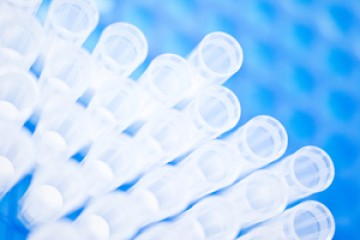PhD Studentship
Developing and validating a computational model of the gut microbiota-mucosa interactions to replace and reduce animal experiments

At a glance
Completed
Award date
October 2018 - March 2022
Grant amount
£90,000
Principal investigator
Dr Jan-Ulrich Kreft
Co-investigator(s)
Institute
University of Birmingham
R
- Reduction
- Replacement
Read the abstract
View the grant profile on GtR
